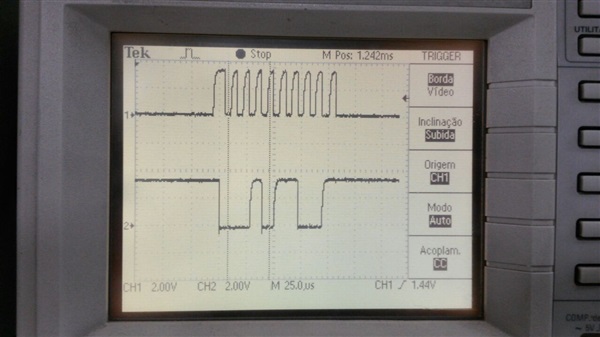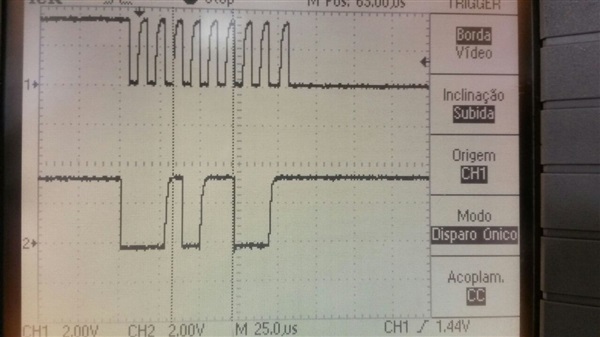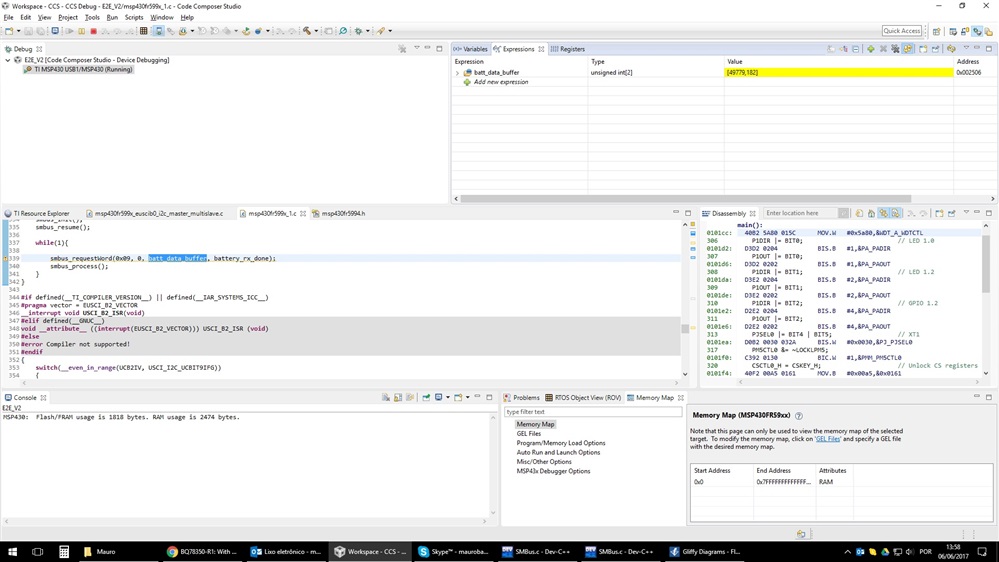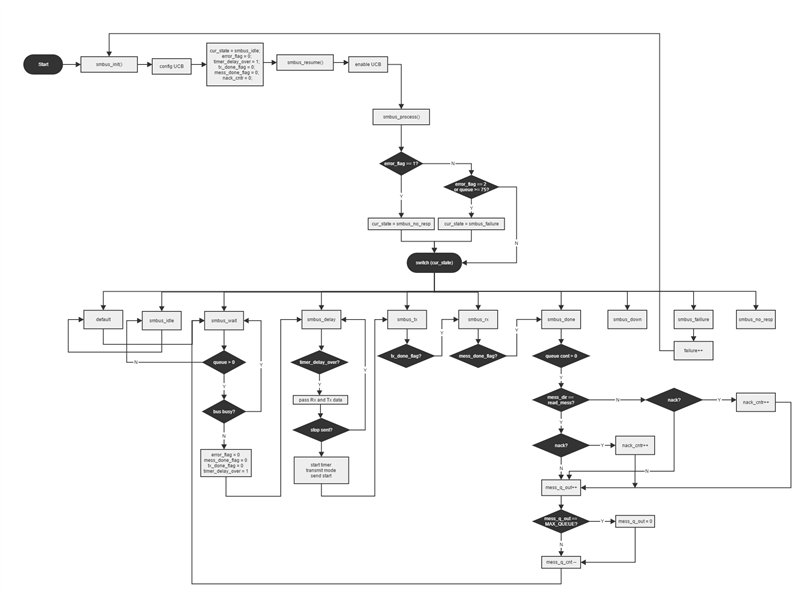Other Parts Discussed in Thread: BQ78350, BQ76940, MSP430G2553, BQ76940EVM, MSP430FR5994, MSP430WARE, MSP-EXP430FR5994, MSP430F5338, BQSTUDIO
TRM goes over various aspects of Battery management, including configuring/programming the registers to enable/disable certain features. However, since I only need to interface with the BMS from the micro-controller in order to get/query data from the configured values from the BQ78350-R1, is there a list of initializations or configurations to be made in order to read the required values?









